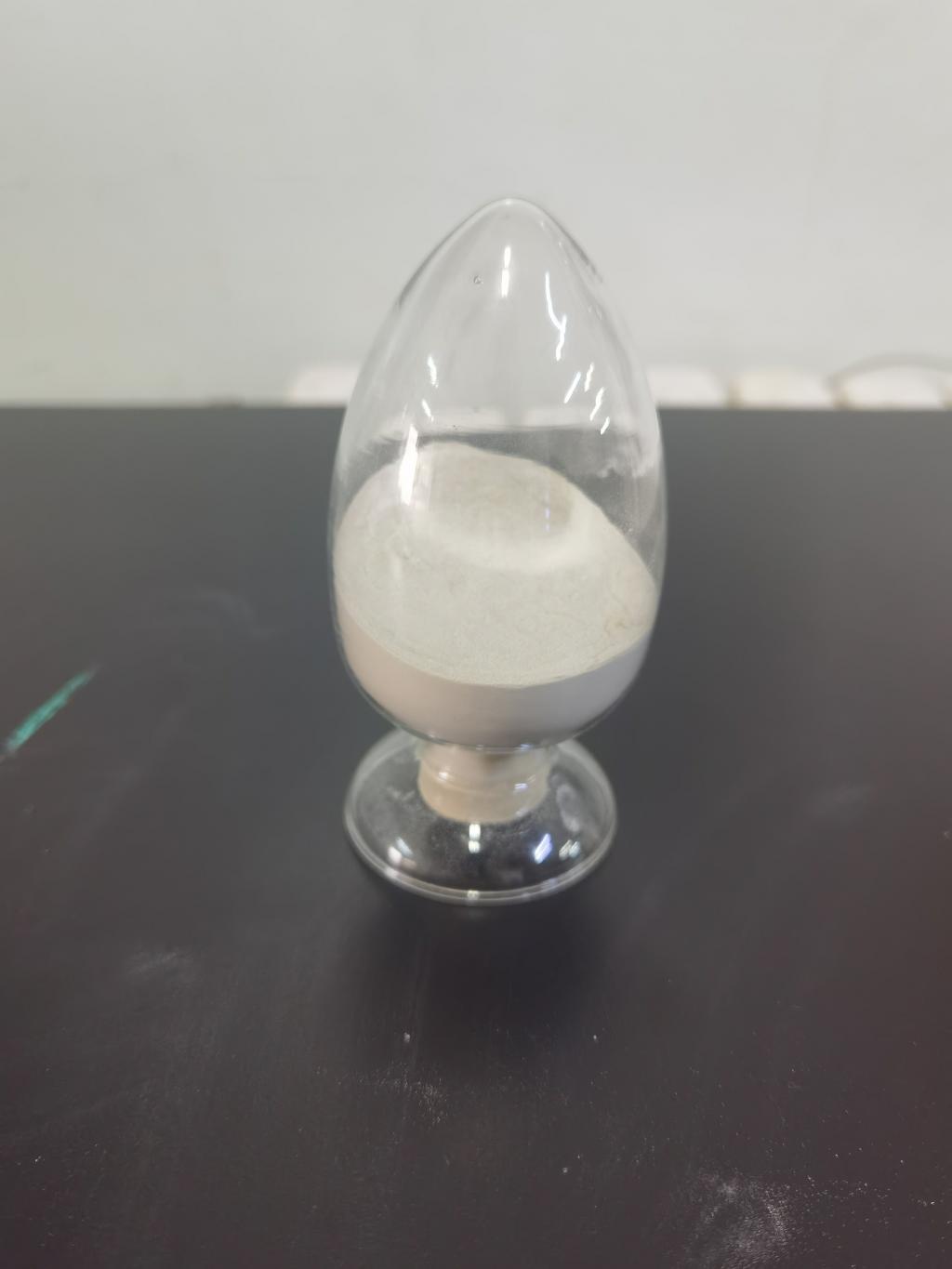Tel:+8618231198596

News
 CONTACT
CONTACT
 CONTACT
CONTACT
- Linkman:Linda Yao
- Tel: +8618231198596
- Email:linda.yao@dcpharma.cn
- Linkman:CHARLES.WANG
- Department:Overseas
- Tel: 0086 0311-85537378 0086 0311-85539701
News
Mechanism of action of Nisin against bacterial pathogens.
TIME:2024-05-08
Interactions with Bacterial Membranes:
One of the primary mechanisms of action of Nisin is its interaction with bacterial membranes. Nisin binds to lipid II, a precursor molecule involved in bacterial cell wall synthesis, leading to pore formation in the cell membrane. This pore formation disrupts the integrity of the membrane, resulting in leakage of cellular contents and ultimately cell death. Additionally, Nisin may interact with membrane lipids and proteins, further destabilizing the membrane structure. The selective targeting of bacterial membranes by Nisin contributes to its broad-spectrum antimicrobial activity against Gram-positive bacteria, including pathogens such as Staphylococcus aureus, Streptococcus pneumoniae, and Listeria monocytogenes.
Inhibition of Cell Wall Synthesis:
In addition to its effects on membrane integrity, Nisin inhibits cell wall synthesis in bacterial pathogens. By binding to lipid II, Nisin prevents the incorporation of peptidoglycan precursors into the growing cell wall, leading to cell lysis and death. This inhibition of cell wall synthesis is a critical component of Nisin's antimicrobial activity and contributes to its effectiveness against bacterial pathogens. Furthermore, Nisin's ability to target multiple steps in the bacterial cell wall synthesis pathway makes it less prone to resistance development compared to traditional antibiotics that target specific cellular components.
Impact on Bacterial Physiology:
Beyond its effects on membrane integrity and cell wall synthesis, Nisin exerts broader impacts on bacterial physiology. Studies have shown that Nisin can disrupt membrane potential, interfere with ATP synthesis, and induce DNA damage in bacterial cells. These multifaceted effects on bacterial physiology contribute to Nisin's potent antimicrobial activity and make it an attractive candidate for combating antibiotic-resistant bacteria and persistent infections.
Implications for Antimicrobial Strategies:
Understanding the mechanism of action of Nisin provides valuable insights for the development of novel antimicrobial strategies. By elucidating the specific molecular targets and pathways affected by Nisin, researchers can design more effective antimicrobial agents with improved efficacy and reduced risk of resistance development. Furthermore, the synergistic effects of Nisin with other antimicrobial agents or treatments offer opportunities for combination therapies to enhance antimicrobial efficacy and overcome resistance mechanisms.
Conclusion:
The mechanism of action of Nisin against bacterial pathogens involves multiple steps, including interactions with bacterial membranes, inhibition of cell wall synthesis, and broader impacts on bacterial physiology. This multifaceted mechanism underlies Nisin's potent antimicrobial activity and broad-spectrum effectiveness against a wide range of bacterial pathogens. Understanding the intricacies of Nisin's mechanism of action provides valuable insights for the development of novel antimicrobial strategies and the management of bacterial infections. Through continued research and innovation, Nisin holds promise as a versatile antimicrobial agent with applications in food preservation, healthcare, and biotechnology.
This article provides a comprehensive overview of the mechanism of action of Nisin against bacterial pathogens, highlighting its interactions with bacterial membranes, inhibition of cell wall synthesis, and broader impacts on bacterial physiology. By elucidating these mechanisms, researchers can harness the full potential of Nisin as an antimicrobial agent and develop innovative strategies for combating bacterial infections and preserving food safety.
- Tel:+8618231198596
- Whatsapp:18231198596
- Chat With Skype







